6. Pierrot Le Fou
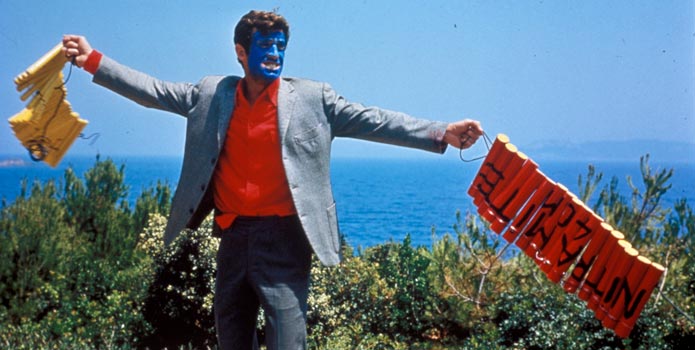
The tenth feature film of Jean-Luc Godard was released in 1965, based on the novel “Obsession” by Lionel White and starring Jean-Paul Belmondo and Anna Karina. In the film, the experimental and subversive style of Godard can be seen at its highest point along with his romantic and introspective characters.
The plot of the film is not as important as the way in which each episode is depicted, which involve a constant commentary on what is happening and the breaking of the fourth wall.
A disenchanted man runs away from his family and his life with an ex-girlfriend, and from then on, both of them run away from society while they meditate on the nature of love, art and liberty. The dynamic between the two characters is of constant tension since Belmondo’s character is more introspective and philosophical than Karina’s character. With constant references to literature and philosophy, we tend to the introspection that these characters have on the border of society.
7. The Umbrellas of Cherbourg
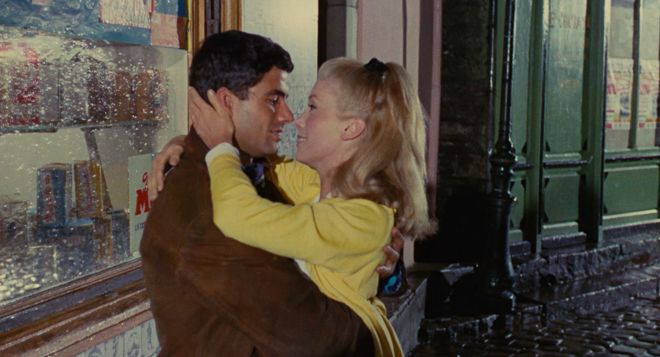
In the context of the French New Wave, this film featured music through the entire film and all of the dialogue is sung. The film was internationally recognized and even won the Palme d’Or in 1964. It became one of the most praised musicals in cinema history, with commercial success that introduced the creators to larger audiences. The film is crafted with extreme precision and careful details that created one of the most consistent and expressive films ever made.
The film depicts the story of two lovers fragmented in three parts: “The Departure” (November 1957), “The Absence” (January 1958 – April 1958) and “The Return” (March 1959 – December 1963). What starts as extremely romantic film with two idealistic main characters turns into a tragedy with mature and damaged characters.
The musical leitmotif of the film transforms as the characters do and reveals how cruel the transformation of love can be when time passes for the young and idealistic.
8. My Dinner with André
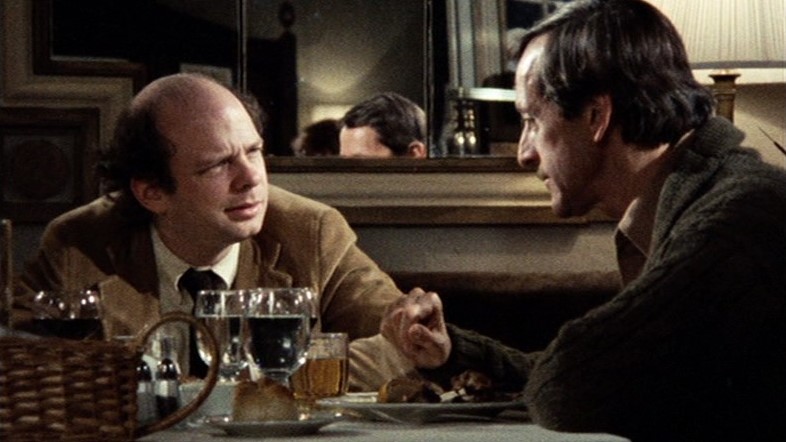
Written by the characters who star in the film, Andre Gregory (Andre) and Wallace Shawn (Wally), we witness a fictional conversation between just the two of them for more than an hour and half. In this conversation, several aspects of existence are discussed through the different perspective from both them on life.
The European perspective of André, shaped by the esoteric experiences he had with Jerzy Grotowski contrast with the experience that Wally has had with capitalism and commercial theater and cinema. Both of them have arguments for each topic and both of them listen to the other in a dynamic and mesmerizing relationship.
Themes such as art, happiness and comfort are discussed, and we as the viewers have no choice but to participate in the conversation. We are forced to take sides and to consider both of their opinions as none of them clearly win the argument. By the end of the film, we and Wally are left with more questions than answers about life and existence.
9. The Meaning of Life
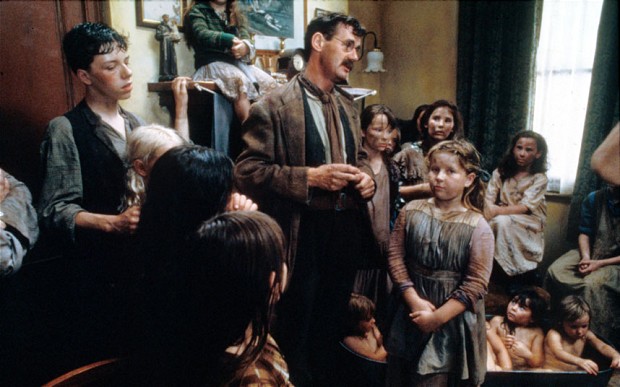
Released in 1983, “The Meaning of Life” is the fourth film shot by the Britannic comedy group Monty Python. The film, written by the six members of Monty Python, was a commercial success and is one of the most acclaimed films of the group. The irony and characteristic sense of humor of the Pythons tackles several aspects of the existence that put us into deep reflections, even though they are constantly making us laugh.
For this film, the group promised to offend everyone there was to be offended, and indeed they charged against everyone there was and left behind all political correctness in order to create one of the most funny and sharp critical portraits of humanity.
The film is divided into several episodes, each of one tackling different aspects of human existence such as the miracle of life, education, coming of age, work and war, among many other topics. Constantly breaking the fourth wall and delivering great musical numbers, the Pythons neglect an answer to the question for the meaning of life, just to deliver an anticlimactic and yet extremely funny answer to it almost at the end of the film.
10. Colossal Youth
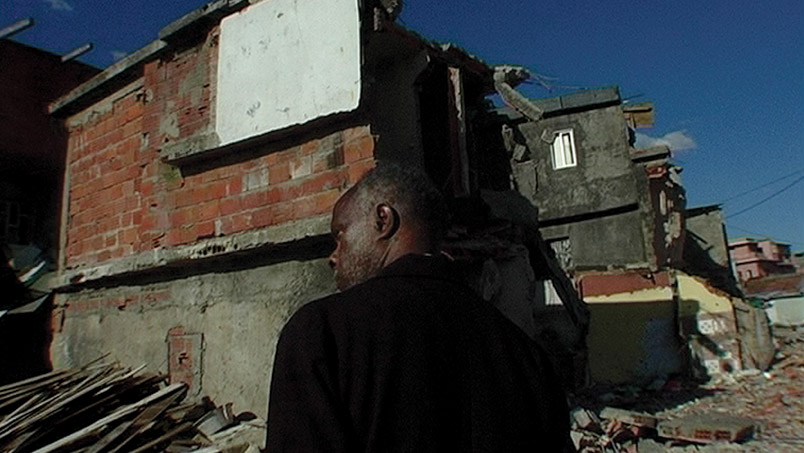
Released in 2006, this is the third film in Pedro Costa’s trilogy set in Lisbon’s Fontainhas neighborhood, which he shot in a docu-fictional style without almost no crew and without any artificial lighting. The film creates a portrait of the neighborhood after the Carnation Revolution for the most vulnerable in Portugal.
Ventura, a 75-year-old man, vagabonds through several houses visiting people from his past after his wife makes him leave his house. He visits people whom he calls his sons, even though it’s never clear whether he is really related to them or if they are just friends.
In the ruins of the neighborhood, Ventura is constantly visiting the same people and says the same things. The dialogues are constantly repeated and the frames are constant repetitions. For more than two and a half hours, Costa portrays the exhaustion of life and how he sees repetition and constant decadence in it. The film is extremely difficult to watch, as it puts the viewer into a very dark state of mind, which leads to very free conclusions about decadence and exhaustion.